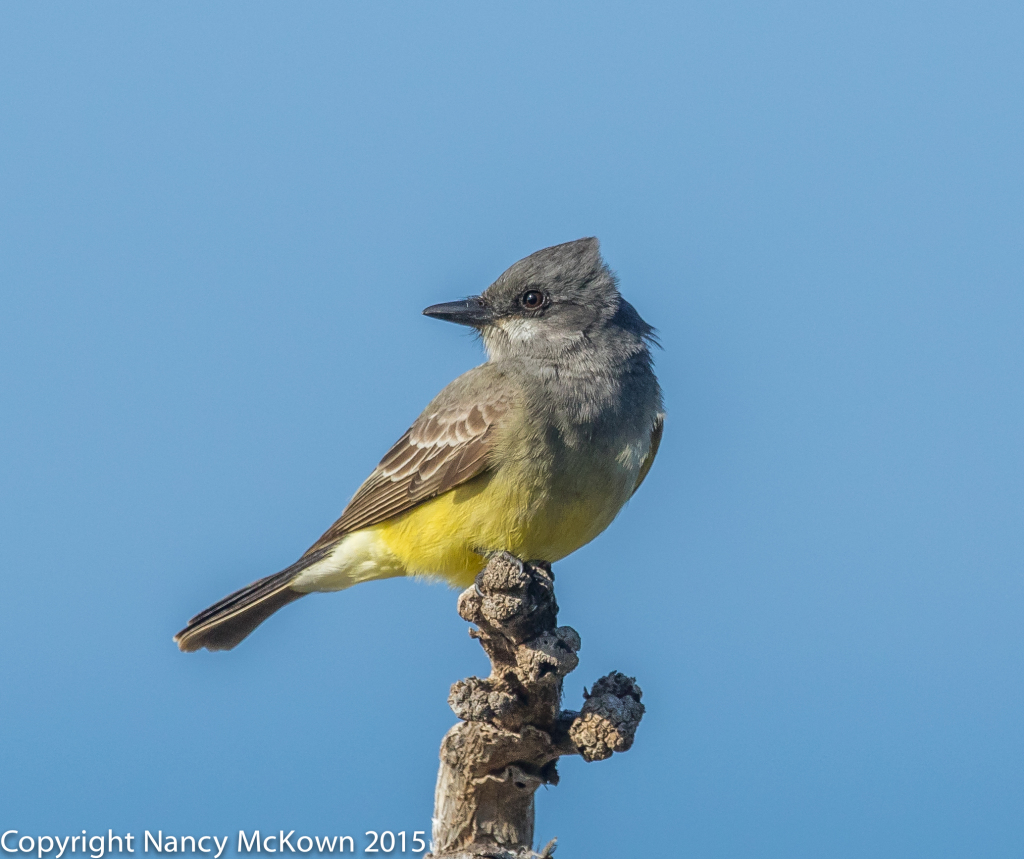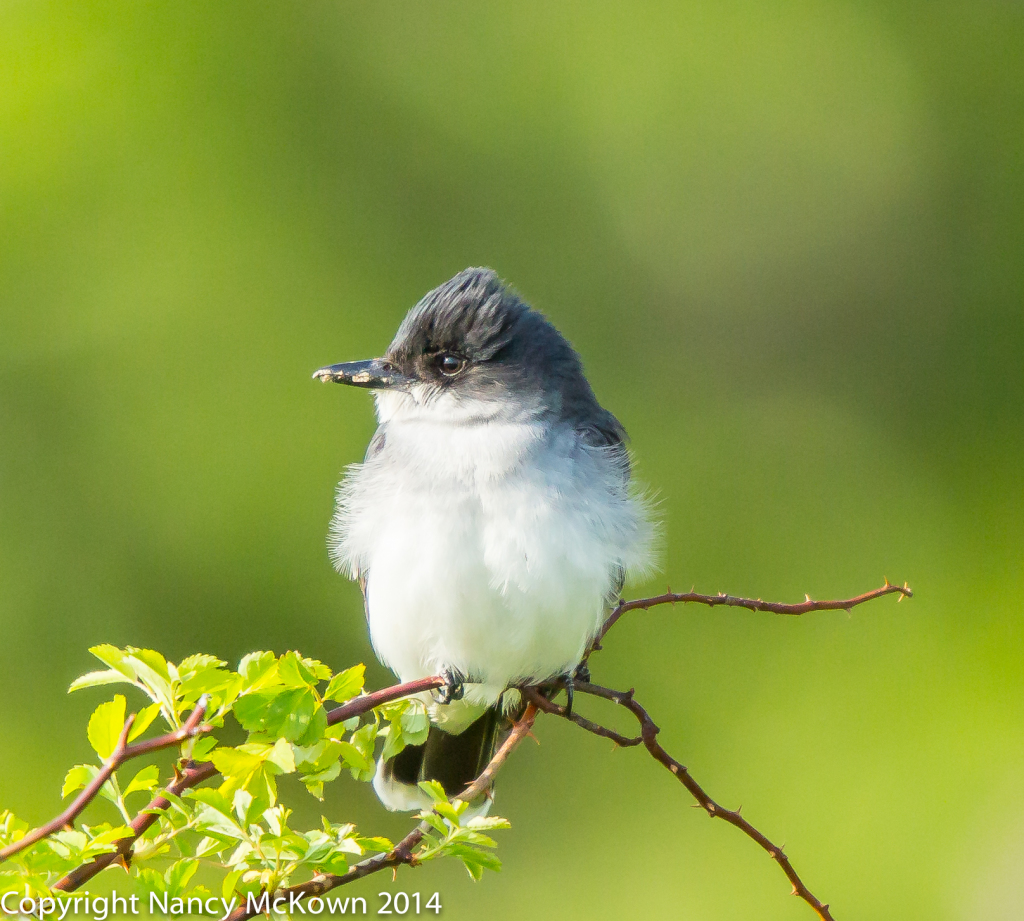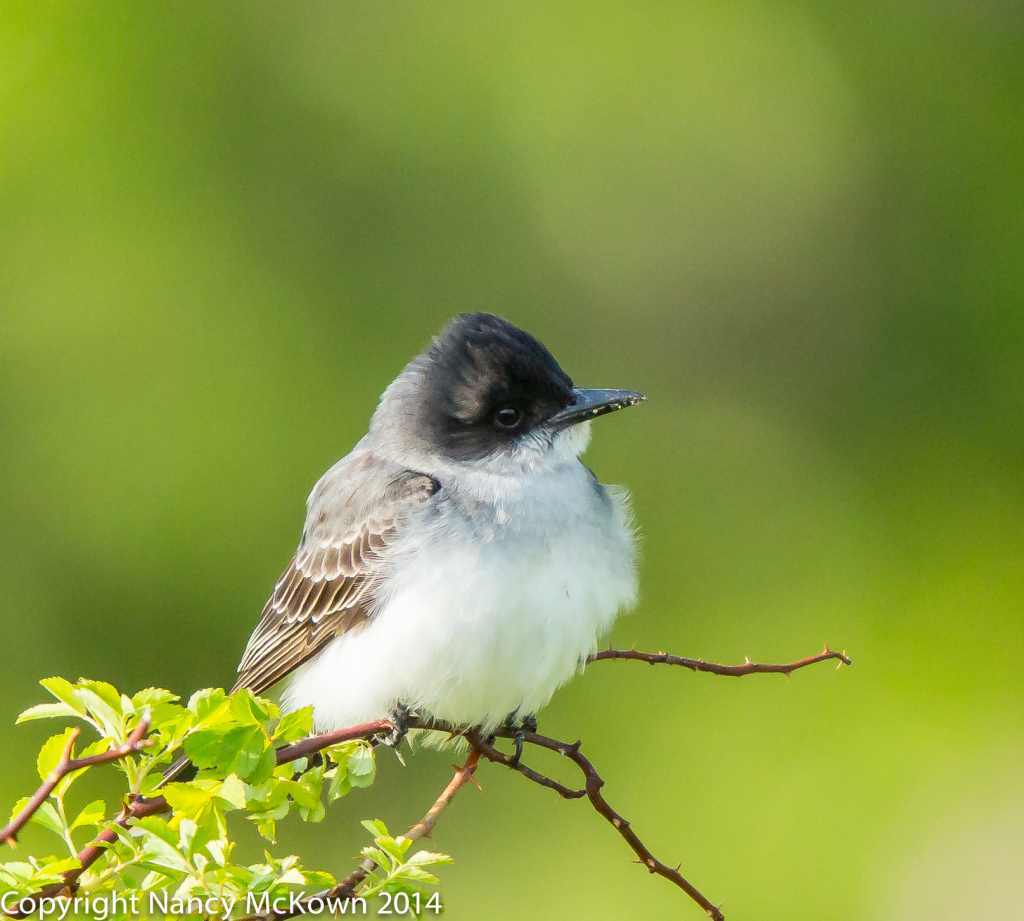Finding New Birds to Photograph
February is a great time to get out of Southwest Michigan. We decided to head to southern California for some sun and warmth – and possibly new birds to photograph. I packed my Canon 7D Mark II DSLR, 300mm 2.8 L 2 lens, 1.4 extender, 2.0 extender, and 135mm lens. I was careful and bought a padded super telephoto lens back pack case long enough to carry my DSLR camera attached to a 2x extender and long lens. The 135 mm lens and 1.4 extender were placed in a smaller padded camera case.
Fragile Camera Equipment
I carried my backpack onto the plane like it was a baby and gingerly placed it in the overhead bin. All went well until we retrieved the backpack to transfer planes. When we deplaned, my husband let the backpack slide off his back a little too fast and it hit the ground with a sickening thud.
I thought the back pack’s padding would absorb the hit; but no. When it comes to camera equipment, gravity is not your friend. My heart sank when I unzipped the pack and saw the damage.
Damage Assessment
- The DSLR camera’s female lens mount was twisted, barely holding on to the connected male mount on the 2x extender.
- The male 2x extender mount, connected to the twisted DSLR mount, was itself skewed.
- The other end of the 2x extender had 3 screws yanked out and could no longer hold tightly to the 300mm lens.
- The 300 mm lens mount had been torn away.
A bayonet lens mount does more than physically attached a DSLR camera to a matching lens and or connector. A tight fitting is required for all mechanical and electrical systems to properly communicate. The slightest damage within these connectors and malfunctions will almost certainly happen.
Canon Authorized Repair Center to the Rescue
The closest authorized Canon Repair Center was only 8 miles away. The service man inspected the damage and concluded that all mounts had to be replaced. In addition, the autofocus mechanism on the 300mm lens was damaged, so it had to be taken apart, repaired and reassembled.
Two weeks and $700.00 later, all of my damaged equipment was again operational. NOTE: I carry full insurance on all of my photo equipment. See this post regarding protecting your investment.
Photographing Southern California Birds
In the time I was without my camera equipment, I no doubt missed out on some excellent photo adventures. But in sunny California, the opportunities to photograph birds are endless. I am very happy with the west coast birds I was able to photograph after my camera was repaired.
My next 6-8 blog postings will spotlight my photographic experiences with birds I almost never encounter at home. I hope you enjoy this break away from photographing southwest Michigan birds. I sure did. 😎

Not so different from the Eastern Kingbird commonly Found in Southwest Michigan.
ISO250; f/6; 1/2000 Second
To see photos of the Eastern Kingbird, see this post.



